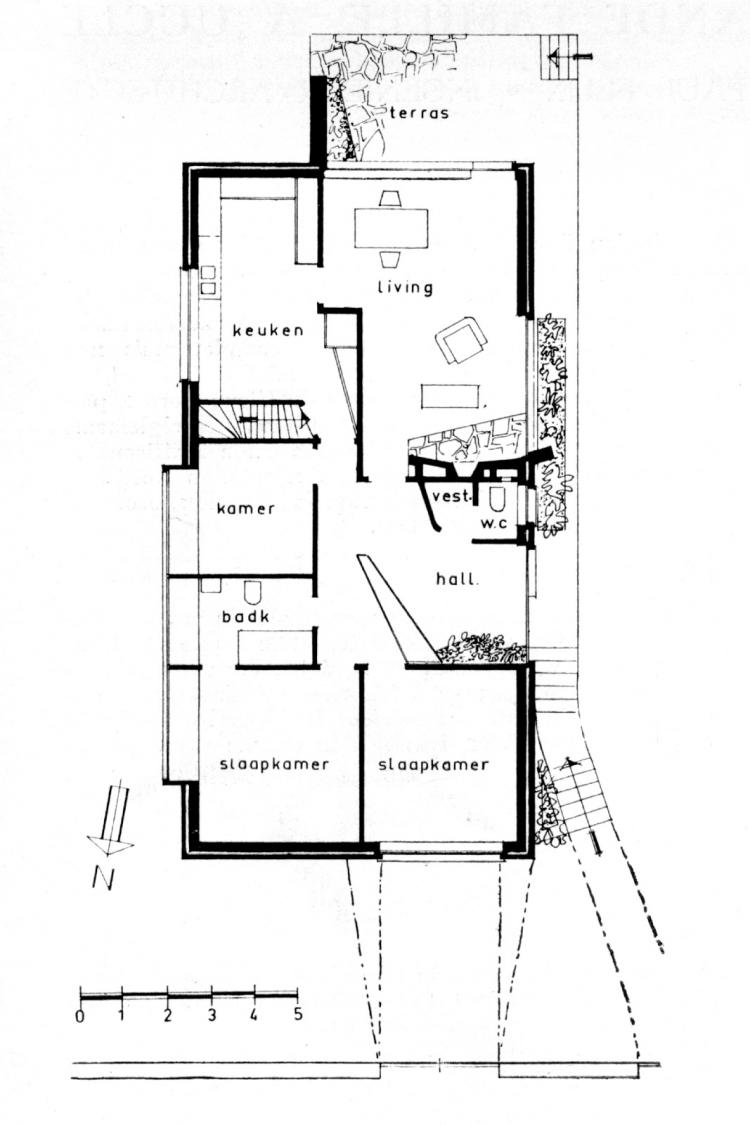Modernity’s difficult comeback
At the dawn of the 1950s, the rare modern buildings that come into being quite often have to face the reservations of the authorities and the indignation of the neighbourhood. Modernism will only end up being accepted with its promotion through the media linked to the Expo 58.
As the architect André Jacqmain expresses: until 1958, it was difficult to get acceptance of the aesthetic that was unanimously rejected by the general public. After 1958, everyone got used to it. […] All of the vocabulary of new forms became established and ceased to be troubling (A+, issue 82, 1983).
In 1952, the municipality of Uccle refused to let this villa be built. Its innovative character was judged harmful to the architectural harmony of the area, of which the constructions try to outdo each other in an attachment to the past. The villa project owner, who spared no courage, exhausted every course of action until being successful in a suit before the Council of State.
As the architect André Jacqmain expresses: until 1958, it was difficult to get acceptance of the aesthetic that was unanimously rejected by the general public. After 1958, everyone got used to it. […] All of the vocabulary of new forms became established and ceased to be troubling (A+, issue 82, 1983).
In 1952, the municipality of Uccle refused to let this villa be built. Its innovative character was judged harmful to the architectural harmony of the area, of which the constructions try to outdo each other in an attachment to the past. The villa project owner, who spared no courage, exhausted every course of action until being successful in a suit before the Council of State.
It is really ugly and it spoils the whole area. (Note by J. Herinckx, mayor of Uccle, 1952).
Who today would think of disputing the merits of the Everaert villa, a masterpiece of the architect Jacques Dupuis? Nevertheless, in 1951, its building permit was obtained with a hard struggle.
Outraged by its chaotic [façade], that resembles that of a hangar or even a factory, the municipal officials wrote long notes to put paid to the project: the architect seems to have a predilection for things that stop short of harmony, or that are arranged lop-sidedly. The municipal authorities have […] the right and indeed the duty to retain an appearance for the public highway that does not offend the sight with extreme or bad taste architecture.







